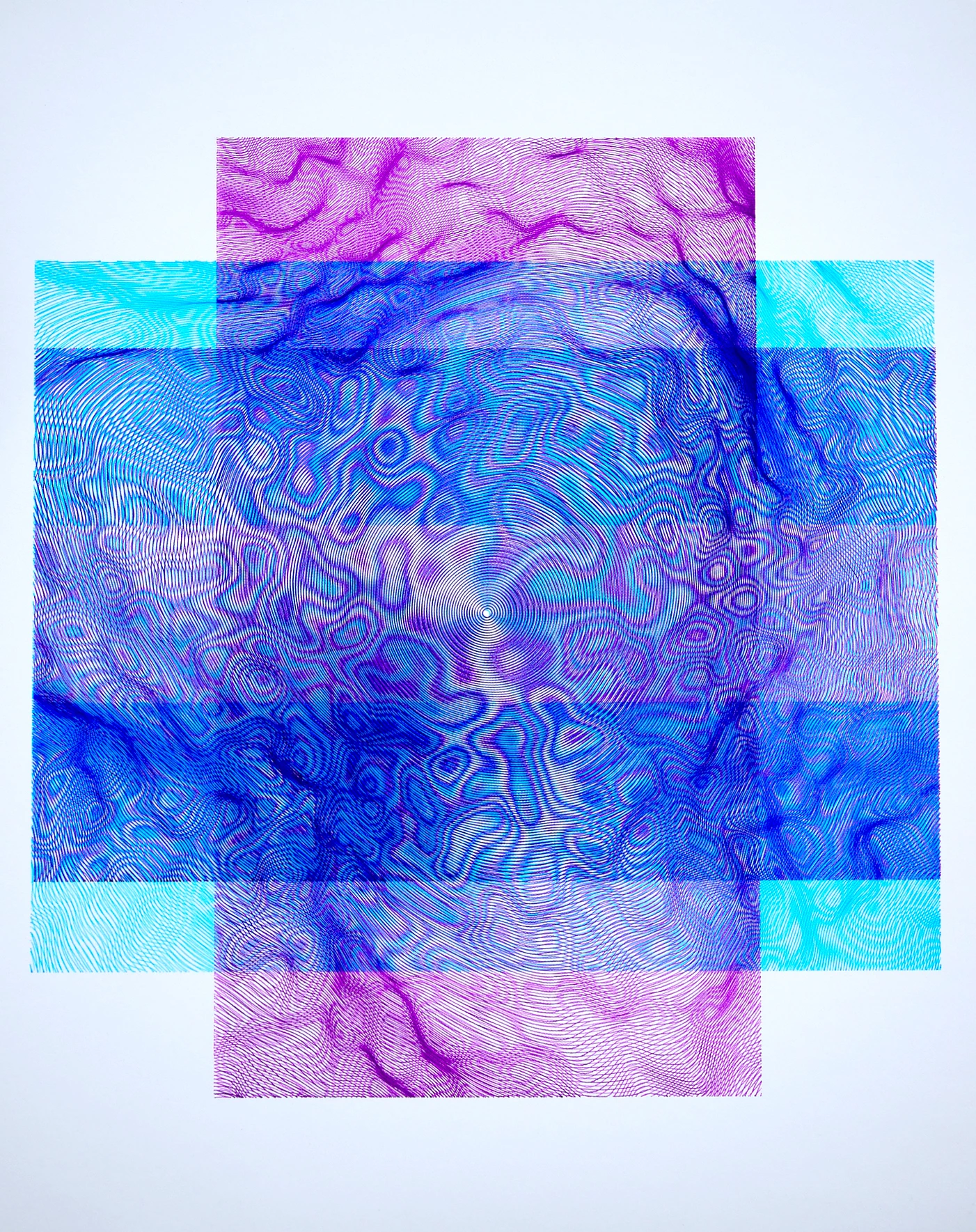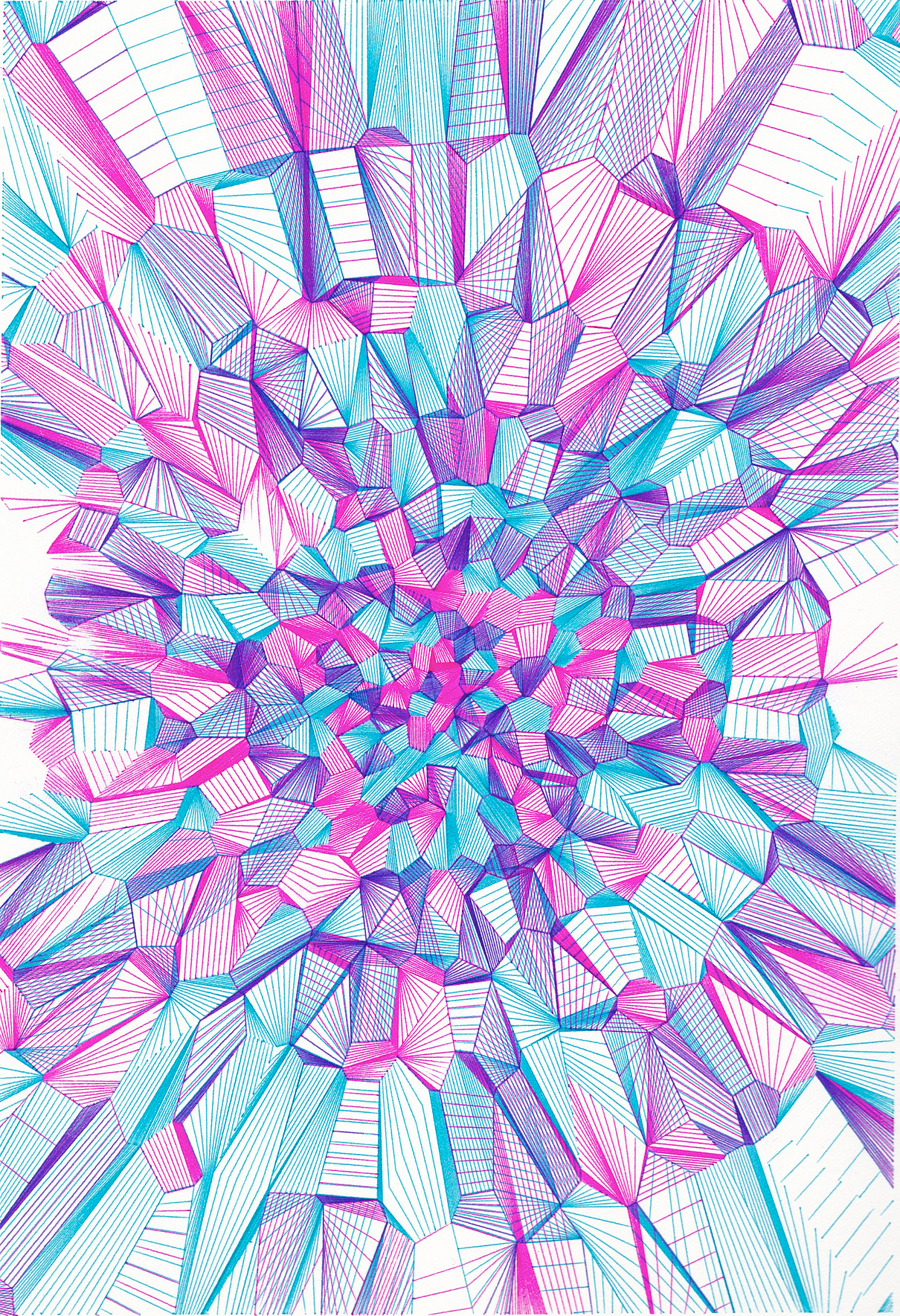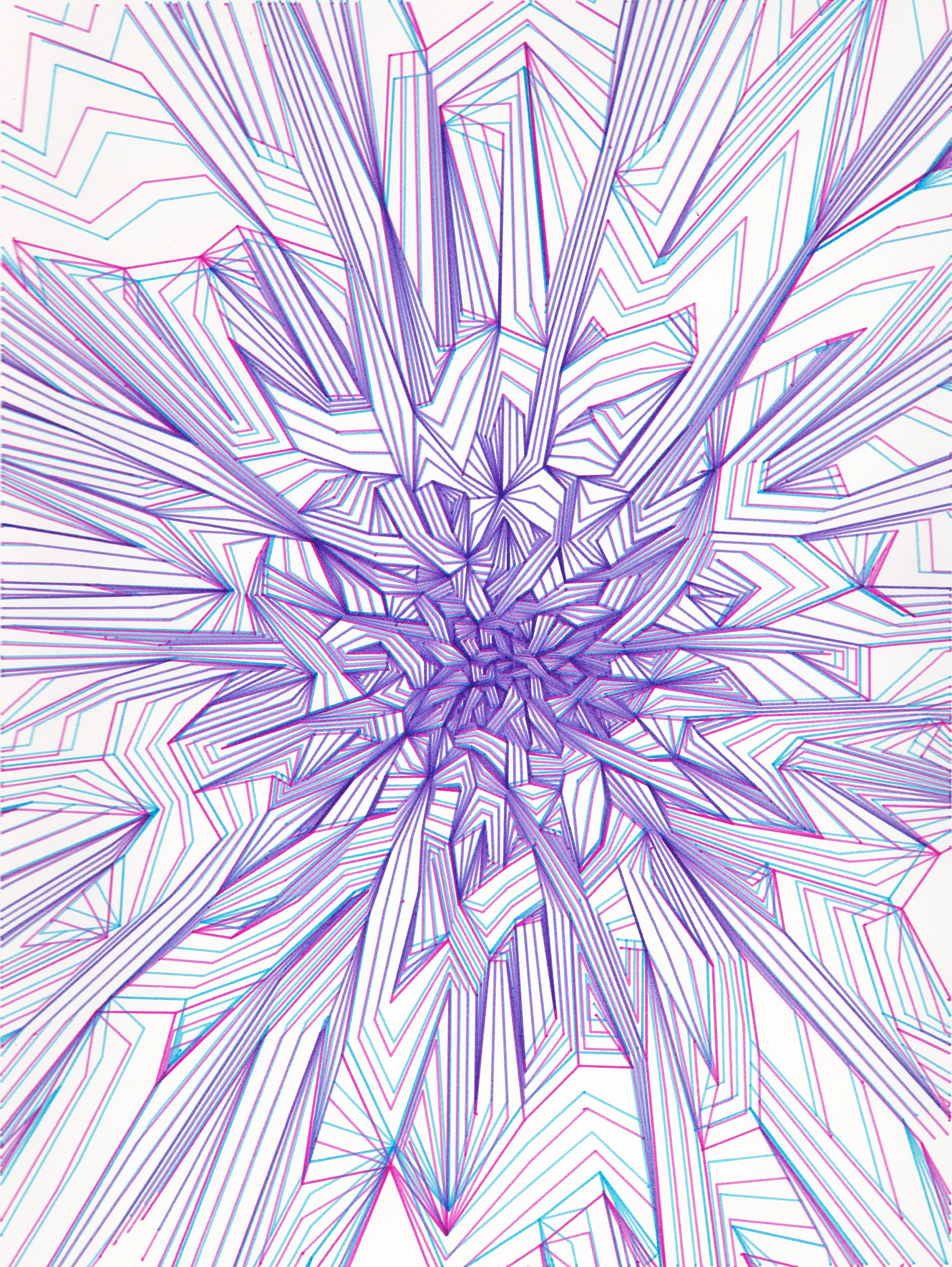For this week I am talking about the YouTuber Answer in Progress, and her video “the science behind lofi music”. Lofi hip hop music has become popular in the late 2010s and early 2020s as background music for studying and gaming amongst Millennials and Gen Z. Answer in Progress sought to write an AI that could randomly produce lofi music. She gave the program a bunch of different drum and instrumental audio files and background noise, told it what frequencies and RPMs to play at that most lofi music plays at, and has the AI learn what notes should come after what other notes. Then her code should be able to produce a lofi song on its own. There are a few errors, including one song that just plays the same note over and over again, so the program does not produce a very sonically pleasing songs. It lacks an ear for what makes some notes and chords more pleasing than others that humans have, but its pretty impressive for randomly generated music with no human help.
Category: LookingOutwards-06
LO #6
randomness
Zach Lieberman is a media artist who creates art with code. He uses Openframeworks for most of his creation, which is constantly updated on his instagram. In his recent works, he explored using a variety of random colors along with the wave effect and named the piece :color meditation. The slowly delayed motion of the colors moving towards the viewers’ perspective as it becomes thinner as it approaches the viewers’ eye, somehow gives the sense of relaxation. Another piece that he created recently is called “Grid push color”. I was intrigued by the combinations of random color he uses, and even though they are all unintentionally selected, they blend together very well. This piece consists of gradient squares which continuously changes color. This way, he successfully illustrates the movement of colors during the transitions of squares. This piece made me reach back my childhood memory of playing with a crystal prism.
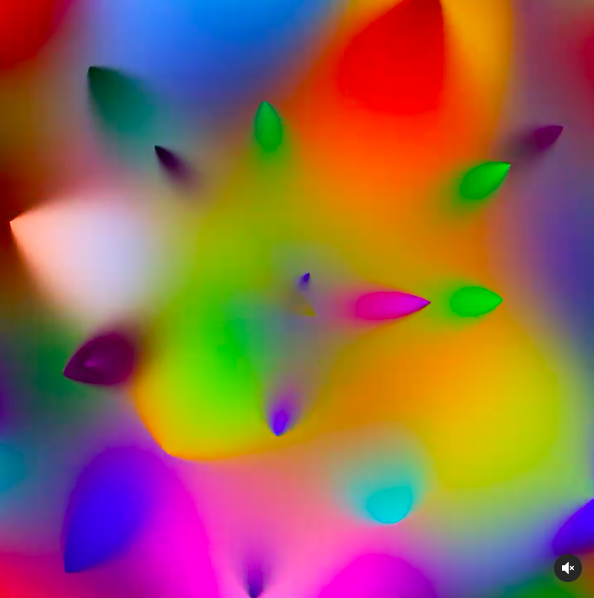
https://www.instagram.com/zach.lieberman/ (more works)
Looking Outwards 06
I found a generative computational artist named Anders Hoff (aka inconvergent) – he uses circles and convergent points to create an algorithm that mimics branches of a tree, all encompassed in a circular canvas.
The program ‘decides’ whether to collide or create a new branch, thus creating both intersection and deviation points to simulate a natural-looking plant.
The size of the branches also impacts the variability as well as the form, as the smaller branches have to respond to the larger branches that have already been drawn.
I think this is a cool way to bring computing and art together, and the detail that the artist includes (smaller branches are more concentrated and have comparable ‘mass’ to larger branches) is indicative of his dedication to making his algorithm match realities of the natural world.
Looking Outwards 06: Randomness
Project Title: Arcs04-01
Year of Creation: 2011
Artists: Marius Watz
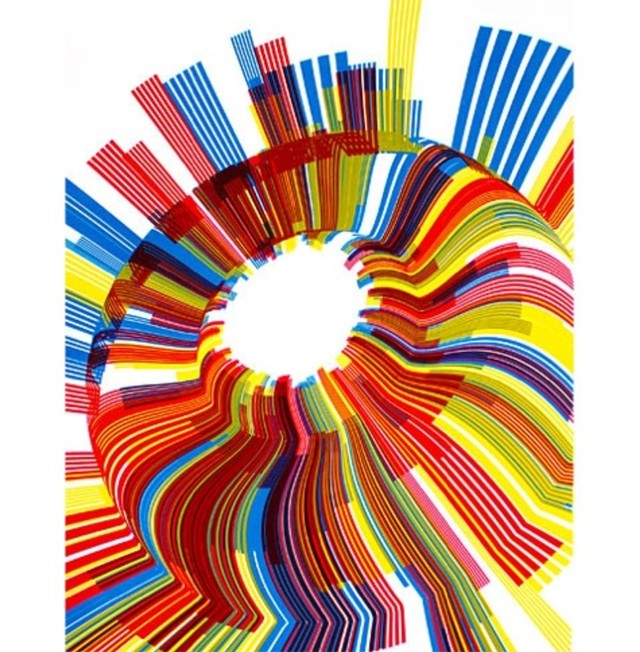
I admire the vibrant colors used in this project and how the shapes of the lines flow such that it looks like the 2D print just stopped the art midway through. I admire this because it feels like the art was in motion and the audience just happened to catch a snapshot of an ongoing thing. The placement of each of the red, blue and yellow lines are random but I like how the colors are kept within these three. The creator didn’t use just any colors and I admire this artistic decision because it brings some overall cohesion to the project. The work uses “pseudo-random compositions” of branching out shapes that are distorted by a 3D surface to mimic a sense of movement while maintaining a central focal point. Watz uses software to produce a computational image and then places in aspects of randomness either through the colors or shapes. The creator connects generative art with “dynamic processes,” so in the final form of the work it gives the impression of never being static. The artist’s logic borrows from biomimicry so his art form seems to be in the process of developing and being undone.
LO6: Randomness
This week, I looked at the work of Mark J. Scott, a generative artist, programmer, and scientist. Specifically, I appreciated his piece “Sprawl,” which features a branching structure spanning an array of grid-like blocks. The piece was built by the computer that uses algorithms which grow the “legs” of the structure in random directions for random lengths–that is, until one leg
collides with another. I found the controlled randomness to be most interesting–the piece is very organic and chaotic, yet is controlled and seemingly constrained across the array of blocks.
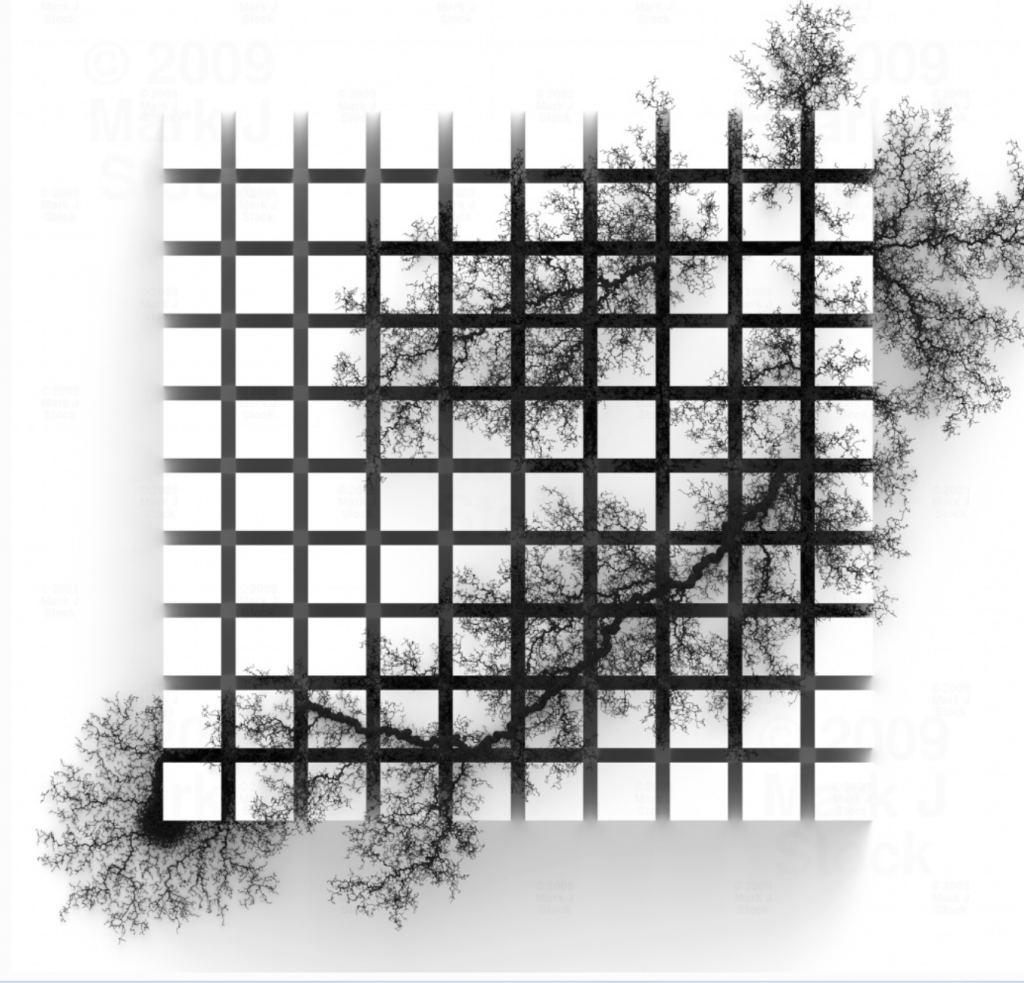
Mark J. Stock (markjstock.com)
Mark J. Scott, “Sprawl,” 2009.
Looking Outwards 06: Randomness
When I think about randomness and computation, the first thing that comes into my mind is random number/word generator. While it is a very simple program, I think it inspires people to utilize that randomness to create something. For example, there is a singer who uses random word generator and uses 3-5 random words to start creating an entire song at the spot, and although this is not directly related computational projects, I think this interaction between humans and computers to create art is truly fascinating!
LO6
Link of the project:
https://news.harvard.edu/gazette/story/2021/01/harvard-scientist-turns-space-images-into-music/
date:January 25, 2021
creators: researchers from Harvard University (names not specified)
This projects is called “music of the spheres” created by Harvard’s researchers. This project uses a technique called data sonification that takes the information captured from space telescopes and translates it into sound, which involves the computer to transform visual elements to waves that produce sounds. The mechanism of audio interpretation is about linking visual variables to audio variables. This involves a lot of randomness, since the process of assigning different visual elements with different musical elements can be very random. For example, linking brightness to volumes, distance to pitches. The creator’s artistic sensibilities are shown through the transcribing process from visual to audio.
Looking Outwards – 06
The work that I chose is called Tree Drawing by artist Tim Knowles. The canvas was placed in close proximity with a tree branch, and 100 ink pens were attached to the tree branch.
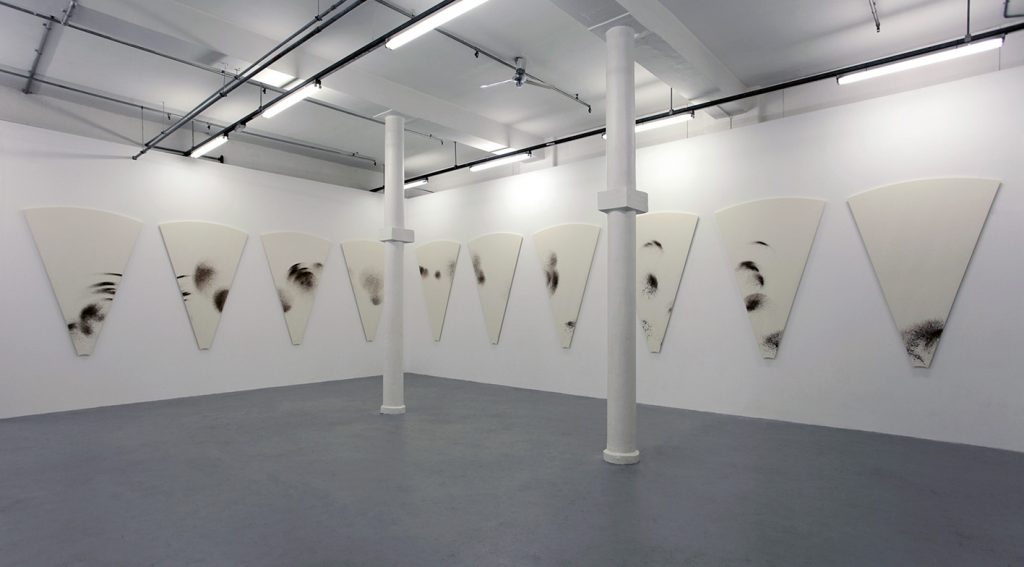
I thought this project was particularly interesting, because movement of nature is truly random and unable to predict. In this particular work, the factors that create the artwork would be the breeze, the intensity and direction, and how the tree branches move accordingly. The final presentation of the work breaks the canvas into equal size parts. The original canvas was placed on the ground, made specifically to create a disc-like shape around an entire tree.
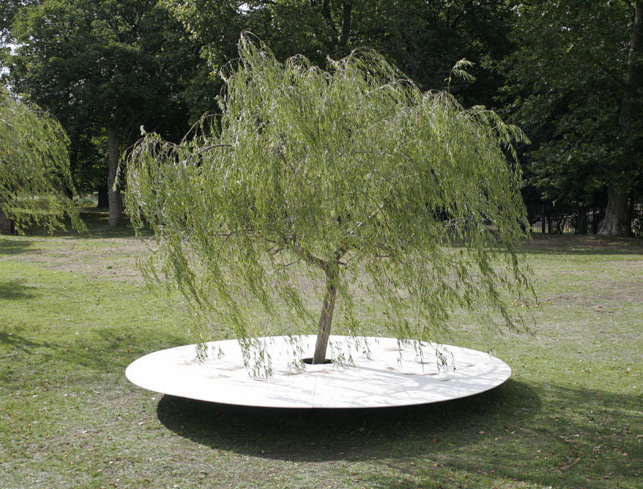
LO 6: Randomness
The Computer Composer game, which is featured on the website of The Mathenæum, allows you to choose to generate a short musical composition with the assistance of a computer. For every input of notes and rhythms, you can either manually input values or choose to have the computer randomly assign them for you. It is interesting to see the limitations of randomness within music; for example, this program specifically only writes in C major or A natural minor, which eliminates 5 of the possible notes in each octave. It is also limited to one and a half octaves, as opposed to the 7 usually present on a piano. Compositionally, the creation of rhythms is always much more variable, as is the case even more clearly in this program.
LO 06: Randomness
Geoffrey Bradway’s mesmerizing yet hallucinatory patterns are created with repeated overlays of dynamic lines using machine learning and artificial intelligence. Bradway generates powerful computational art that is beyond one’s imagination, specifically with a program called Python and a plotter called Axidraw V3 A3. When Bradway produces a collection of lines that structures using [A, B, C, D, …], the robot can merely translate this list of points into mechanical operations. For instance, a line [A, B, C] is rendered as “PENUP, GOTO(A), PENDOWN, GOTO(B), GOTO(C), PENUP.” I found his particular style of generating art really fascinating as he uses AI and robots to create beautiful, magnetic piece of art. I admire how he exploits the aspects of rapidness and accuracy in computers, and brilliant intelligence human beings have. Bradway’s artistic sensibility arises as he uses his intuition to direct his artworks the way he wants to shape it with multiple lines of codes.
Reference: https://www.chromatocosmos.com/pop-art
![[OLD SEMESTER] 15-104 • Introduction to Computing for Creative Practice](../../../../wp-content/uploads/2023/09/stop-banner.png)
